Soaring prices have Australian gold bugs expecting M&A splurge
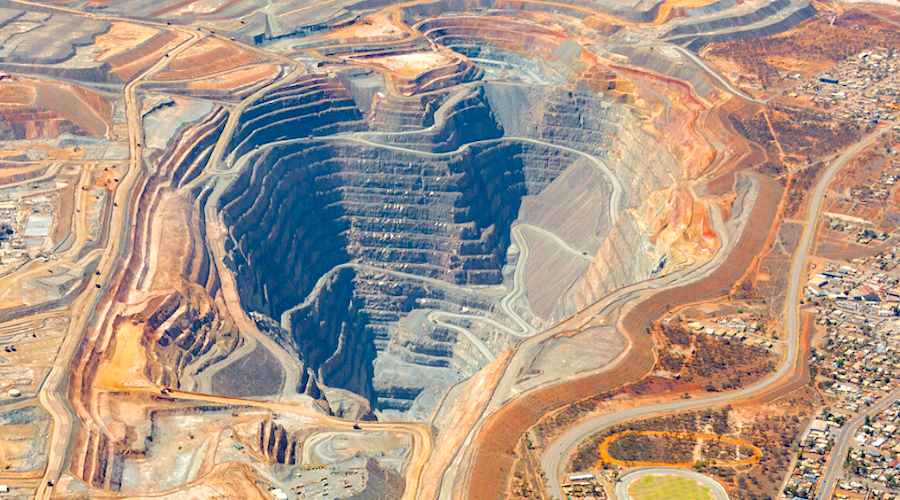
Australia’s gold industry — buoyed by the precious metal’s record-setting run this year — is anticipating a wave of deal-making, with smaller miners being targeted as exploration lags.
The potential for a flurry of mergers and acquisitions in the world’s biggest gold producer after China and Russia has been one of the major talking points at the three-day Diggers & Dealers Mining Forum in the dusty Western Australian mining town of Kalgoorlie.
With the hunt for new Australian reserves at a four-year low, mainly due to surging costs for labor and equipment, many bigger miners think the best way to expand is “through M&A — because it’s not really happening through exploration,” said Paul Early, the co-head of energy resources and sustainability at Sydney-based advisor Barrenjoey Markets Pty.
“Commodity prices are strong, and particularly so in gold,” he said on the sidelines of the conference. “Boards feel comfortable, shareholders generally are supportive — those are the conditions that trigger deal-making.”
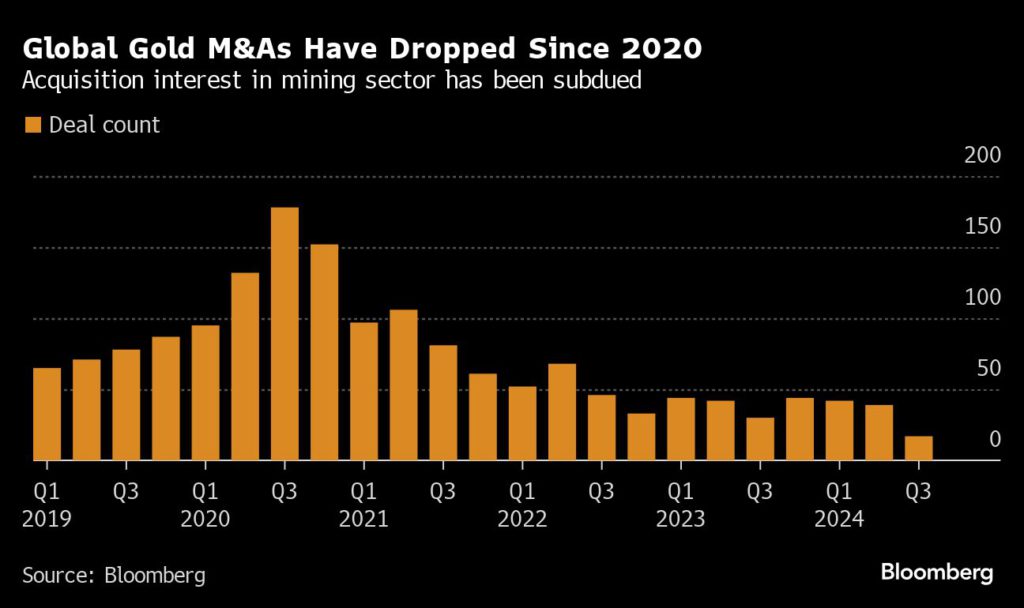
Those conditions helped pave the way for the sector’s biggest ever takeover — the almost-$15 billion purchase of Australia’s Newcrest Mining Ltd. by US giant Newmont Corp. completed late last year.
While that’s so far been an outlier, with the number of deals globally on a downward trend in recent years, the time now seems ripe for smaller producers to be targeted, according to Simon Lawson, the chief executive officer of Perth-based explorer and developer Spartan Resources Ltd.
“It’s just a smorgasbord,” Lawson, who last month saw rival Ramelius Resources Ltd. double its shareholding in Spartan, said at the conference. “If you’re producing and have got the cash, there is just a huge opportunity to roll up a bunch of junior explorers and developers.”
Gold prices are up around 16% this year, setting successive records, as buying by central banks and Chinese consumers, heightened geopolitical risks and US monetary policy all powered the rally. The Federal Reserve is expected to finally pull the trigger on its much anticipated pivot to rate cuts next month, which should help maintain momentum.
That’s helped to renew interest in the sector, marking a sharp contrast from recent years that were characterized by miners being hit by rising inflation and operational challenges, and missed production targets.
In efforts to appease shareholders, explorers have erred on the side of caution when it comes to pursuing growth — opting instead to prioritize cost-cutting. That’s effectively put deal-making on the back-burner.
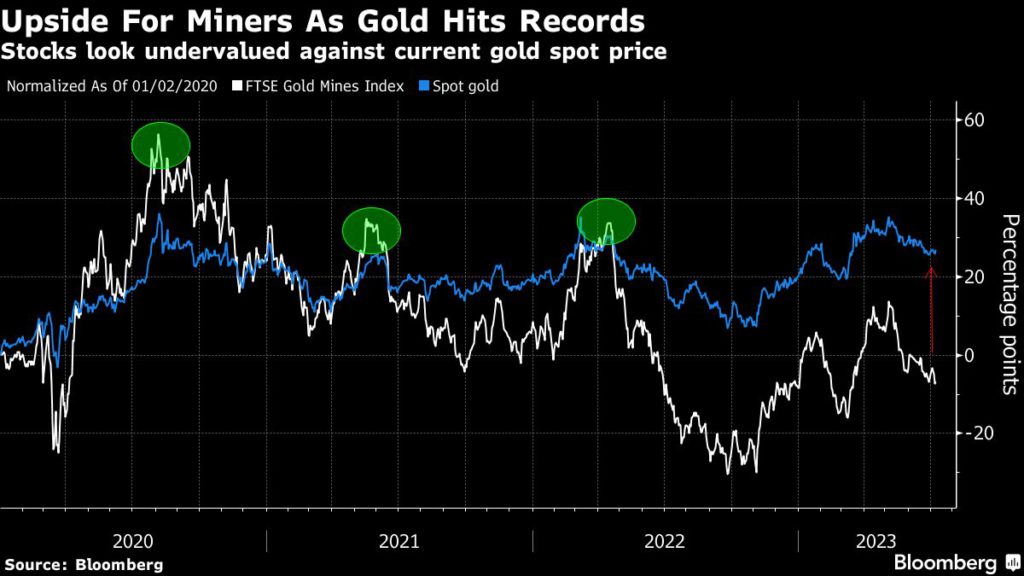
Now, with greenfield exploration lagging despite gold prices that would normally spur increased spending on drilling programs, and capital-raising proving difficult as investors chase energy transition metals like lithium and copper, the backdrop is starting to tip in favor of gold M&A.
Major Australian companies including Northern Star Resources Ltd. and Ramelius are reporting stronger cash flows this year as easing inflation hints at incoming relief for producers.
Still, the stock prices of most gold miners are lagging the rally in spot prices. The ratio between the FTSE Gold Mines Index and the MSCI All-Country World gauge remains considerably lower than previous peaks as bullion has rallied — an indication that stocks are cheap.
Yet if bullion prices, currently near $2,400 an ounce, keep rising those valuations would likely increase, potentially making deals more expensive. Goldman Sachs Group Inc. this week maintained a $2,700 price target for gold in 2025.
For now, the industry remains positive over the likelihood of future deals. Tim McCormack, an analyst at financier Canaccord Genuity Inc., identified potential Australian gold miner targets as Gold Road Resources Ltd., De Grey Mining Ltd., Bellevue Gold Ltd., and Ora Banda Mining Ltd.
“You look around the global landscape of the majors, and even the bigger Aussies, all of them are craving growth,” he said at the conference.
(By Sybilla Gross)
Read More: Australian gold sector firing at just the right time
More News
PDAC Video: Blue Lagoon preps for July gold production start in British Columbia
April 11, 2025 | 02:46 pm
Manganese X poised to begin pre-feasibility study at Battery Hill
April 11, 2025 | 02:39 pm
{{ commodity.name }}
{{ post.title }}
{{ post.date }}


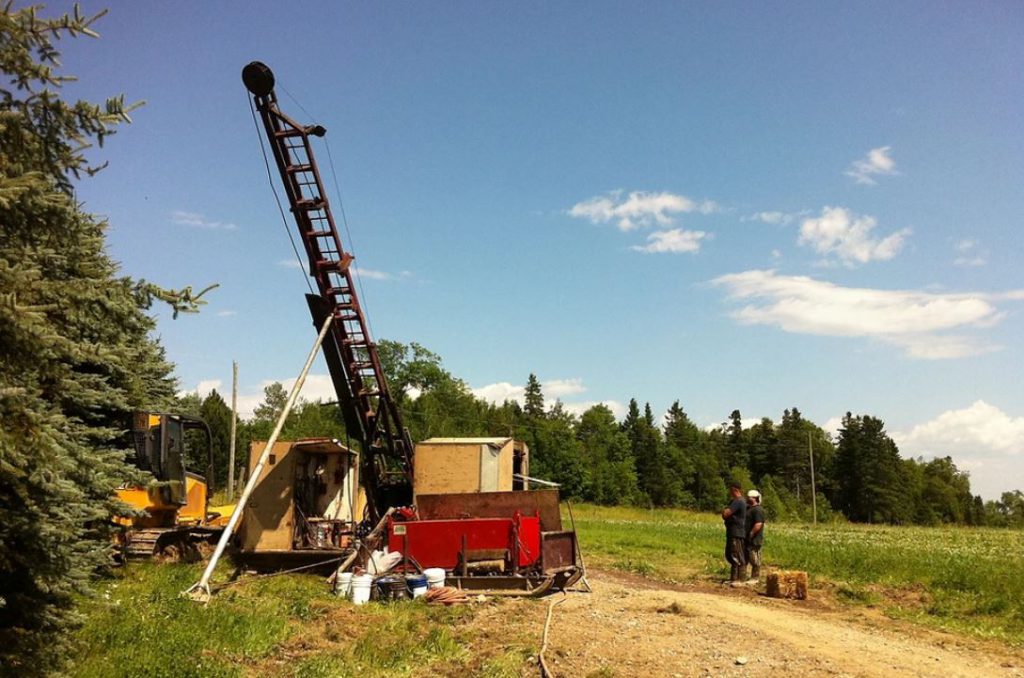
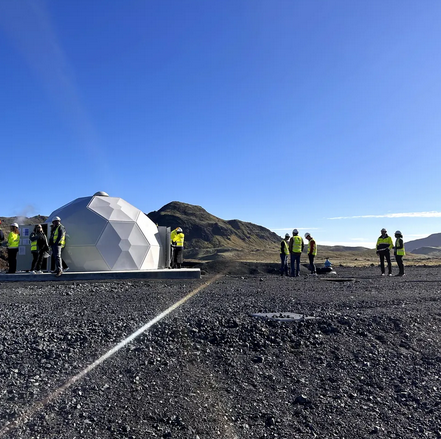
Comments